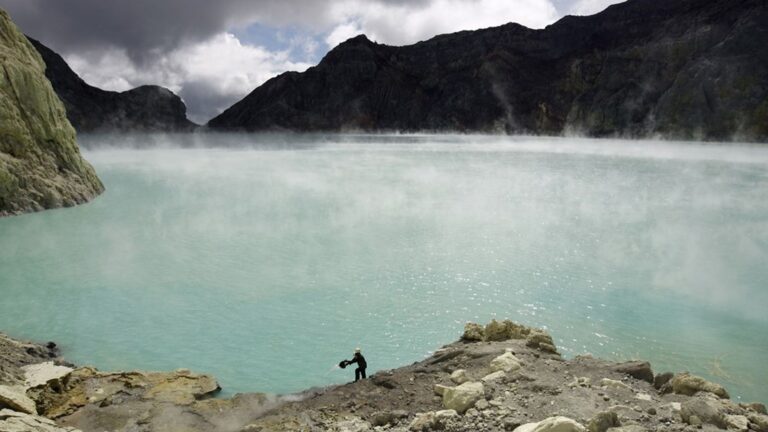Written by Olly Cooper, Money Team
Interest in the phenomenon known as “dark tourism” has steadily increased in recent years, but what is it?
To find out, we spoke to tourism scholar Dr. Hayley Stainton and noted dark tourist and author Dr. Peter Hohenhaus, who runs a dark tourism website.
what is that?
Dark tourism generally involves traveling to places associated with death or disaster.
“Dark tourism has been around for as long as we’ve been traveling to places associated with death,” Dr Stainton says.
However, the term was officially coined in 1996 by John Lennon, professor of tourism at Glasgow Caledonian University in Scotland.
“Not everyone is familiar with this term,” says Dr. Stainton.[but] Many people have become dark tourists at some point, whether intentionally or not. ”
Examples of the most famous sites
Auschwitz concentration camp, Poland; 9/11 Memorial and Museum in New York, USA; Chernobyl, Ukraine; Hiroshima and Nagasaki, Japan; Choeung Ek ‘Killing Fields’ and Tuol Sleng Massacre in the former S-21 prison in Phnom Penh, Cambodia museum
Areas with a certain degree of notoriety, such as Alcatraz Island, are very popular spots that fall under the category of “dark tourism.”
How popular is it?
Dr. Hohenhaus and Dr. Stainton say they have noticed its growing popularity.
“Tourists are looking for more unique and unusual experiences,” says Dr. Stainton.
“This has seen a shift away from more traditional ‘sun, sea and sand’ type holidays to different forms of tourism, including dark tourism.”
Dr. Hohenhaus added: “Perhaps people want to connect with more recent and therefore more personally relevant history, and I certainly do.”
He continues: “I think I learned more about the world through dark tourism than through formal education or any previous academic studies.”
Is it ethical?
This is a big problem related to dark tourism.
Dr Stainton says that while problems do occur, the stigma against the practice is often misguided.
“People don’t visit places like Cambodian murder sites or Chernobyl sites for ‘fun’. They come for the educational experience, because dark tourism is also a form of educational tourism,” she says. .
Problems arise when tourists are not respectful of those who may have been affected.
“For example, taking inappropriate photos or laughing or joking when others may be mourning.”
Infamous examples include people taking selfies outside Grenfell Tower and at Auschwitz.
“It is therefore essential that dark tourists are considerate and respectful of those around them at all times,” Dr Stainton says.
“Unless you’re just looking for cheap sensational thrills, dark tourism can be extremely enriching if you take it seriously and do it right.”
Dr. Hohenhaus
Where can I go?
Dr. Hohenhaus’s recommendations include:
Ijen Crater, Indonesia – At night you can see the legendary blue flames of a sulfur mine next to the volcano’s crater lake. The Polygon, now the Soviet Union’s Semipalatinsk nuclear weapons test site in Kazakhstan, the former prison island of Gori Otok off the coast of Croatia, and the Murambi Memorial to the Rwandan genocide – Dr. Hohenhaus says, “Without a doubt, it’s one of the best places I’ve ever been.” “It’s a dark place,” says the Majdanek concentration camp monument near Lublin in eastern Poland.
What do you think about dark tourism? Is it misunderstood, educational, or abhorrent? Let us know in the comments…

